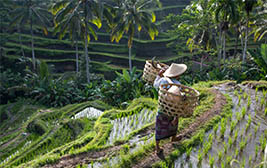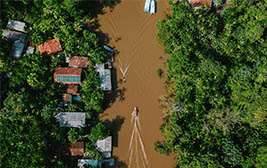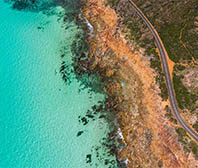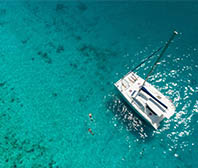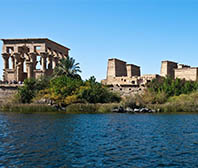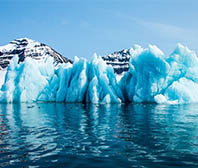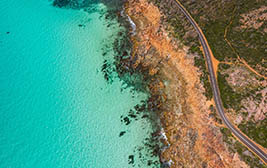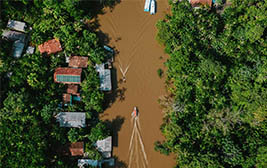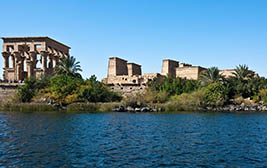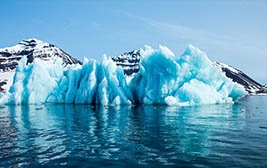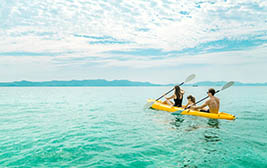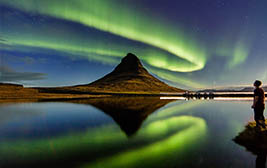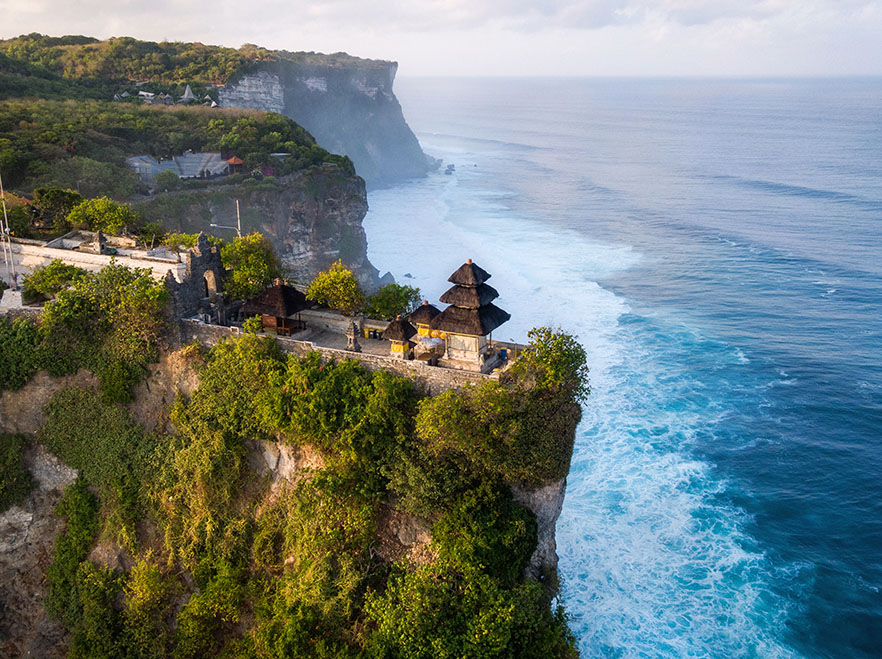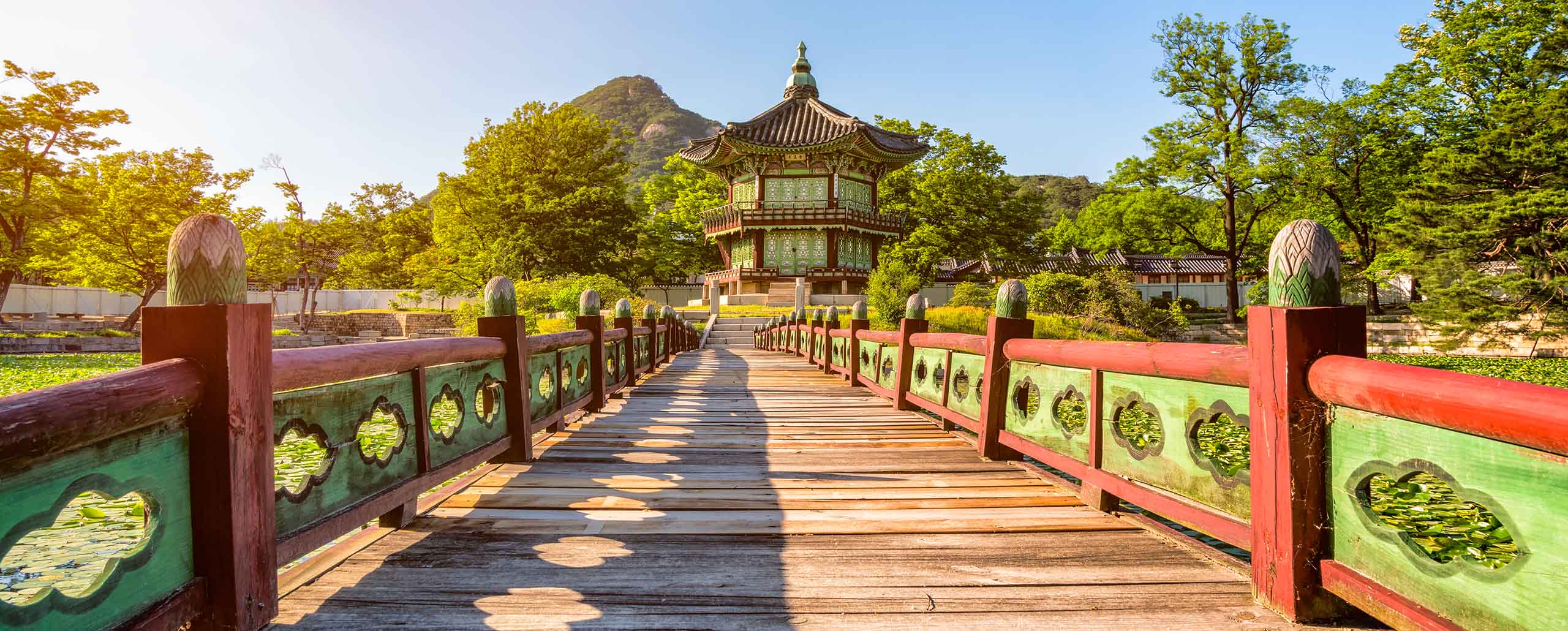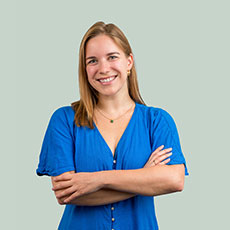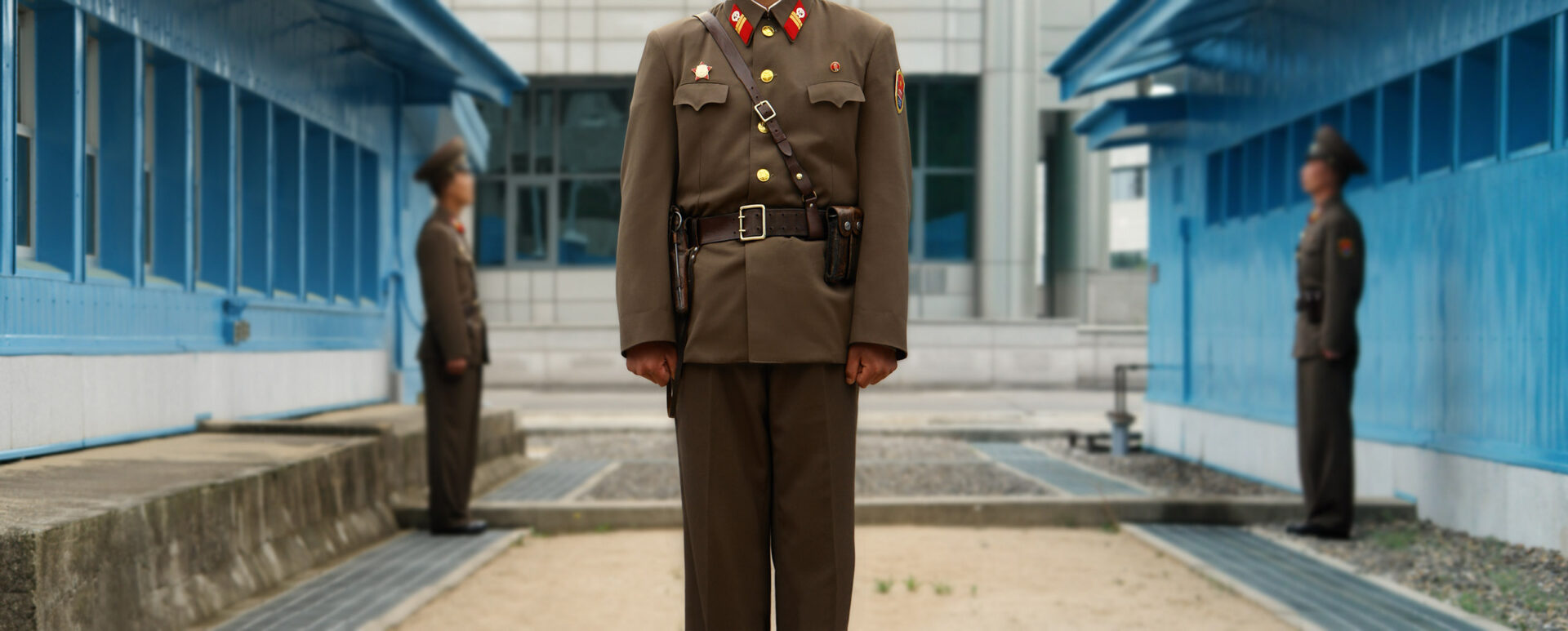Seoul is one of the most buzzing and exciting cities in Asia and I loved every moment of my time exploring this culture. With a metropolitan area home to more than half of the country’s entire population, the South Korean capital is by far the largest city. Seoul is also one of East Asia’s major hubs of both culture and commerce. A fascinating mix of cutting-edge technology and ancient tradition, an incredible work ethic and zen Buddhist temples, and youth subcultures and strict conformity, it has been long popular with Asian tourists but visitors from the West are now slowly starting to discover its appeal.

Seoul combines A fascinating mix of cutting-edge technology and ancient tradition
Perhaps what most separates Seoul from other Asian cities is its blend of old and new, of modern skyscrapers and charming classical UNESCO buildings and settlements, and its world-famous cuisine. The city’s rich history spans as far back as 18BC when it was known as Wiryeseong, and its colourful past includes many regime changes, conflicts, prosperity, liberation and dynastic rule. These moments and memories very much form the identity and outlook of South Koreans today. This fusion of the past and the present is evident everywhere – from music, arts and food to technology, pop culture and fashion.
With the city’s five majestic palaces, endless beautiful temples and shrines, as well as museums galore, there is something for everyone. For our foodie clients, Seoul is a must and the culinary highlights are never-ending. The bustling street-food stalls, lively night markets and world-class restaurants are all jam-packed with delicious local dishes, all made using the freshest of ingredients.

Seoul Street Food – Egg bread with almond, peanut and sunflower seeds
Given Seoul’s location, it is easy to combine this exciting city with any of our other favourite spots in Asia. However, it works particularly well together with Mongolia, Japan, Thailand or China. We would recommend at least three days here, but four would be best if time allows. There is such an abundance of things to see and do here, so I always encourage our clients to include an extra day or so to simply wander and soak up the sights, smells and sounds without rushing from place to place, and to really engage with the local culture and daily life. This is the perfect destination for families and couples alike, and has something to offer everyone.

Mongolia, Japan, Thailand and China all work well when combined with a trip Seoul, South Korea
Our brilliant private guides and specialist experts in Seoul really help to navigate this vibrant place, exploring hidden corners and allowing you to gain a captivating insight into the city and avoid tourist hotspots. From having lunch with a local family in the traditional Bukchon Hanok Village to visiting the Gyeongbokgung Palace after closing hours, we can craft a really special itinerary here, creating a hugely memorable experience for our clients.
How best to spend 48 hours in Seoul
Day 1
This morning, we suggest rising early to start your day with a visit to Gyeongbokgung Palace with your private guide to set the scene for the next few days and understand the importance of this impressive landmark building. Built in 1395, the palace was the main royal residence for the Joseon dynasty, but was badly damaged by a fire during the Imjin War and abandoned for two centuries. My guide explained that in the 19th century, all of the 7,700 rooms were later repaired during the reign of King Gojong, with some 500 buildings being restored on a site of more than 400,000sq m.

Gyeongbokgung Palace in Seoul, South Korea
Today, Gyeongbokgung Palace is often regarded as being the most magnificent of all of the five main palaces, and I could immediately see why. My guide navigated the crowds beautifully, and we even glimpsed the changing of the guards ceremony. This was a real highlight of my day. We were also given the opportunity to dress up in the guards’ brightly coloured traditional dress, and wander around the complexe in our costumes.
We then continued to Noryangjin Fish Market, which was great to wander through as my guide chatted to many of the vendors while weaving through piles of fresh fish and vegetables. For lunch, we sampled the most delicious salmon bibimbap, grilled and mixed right in front of us.
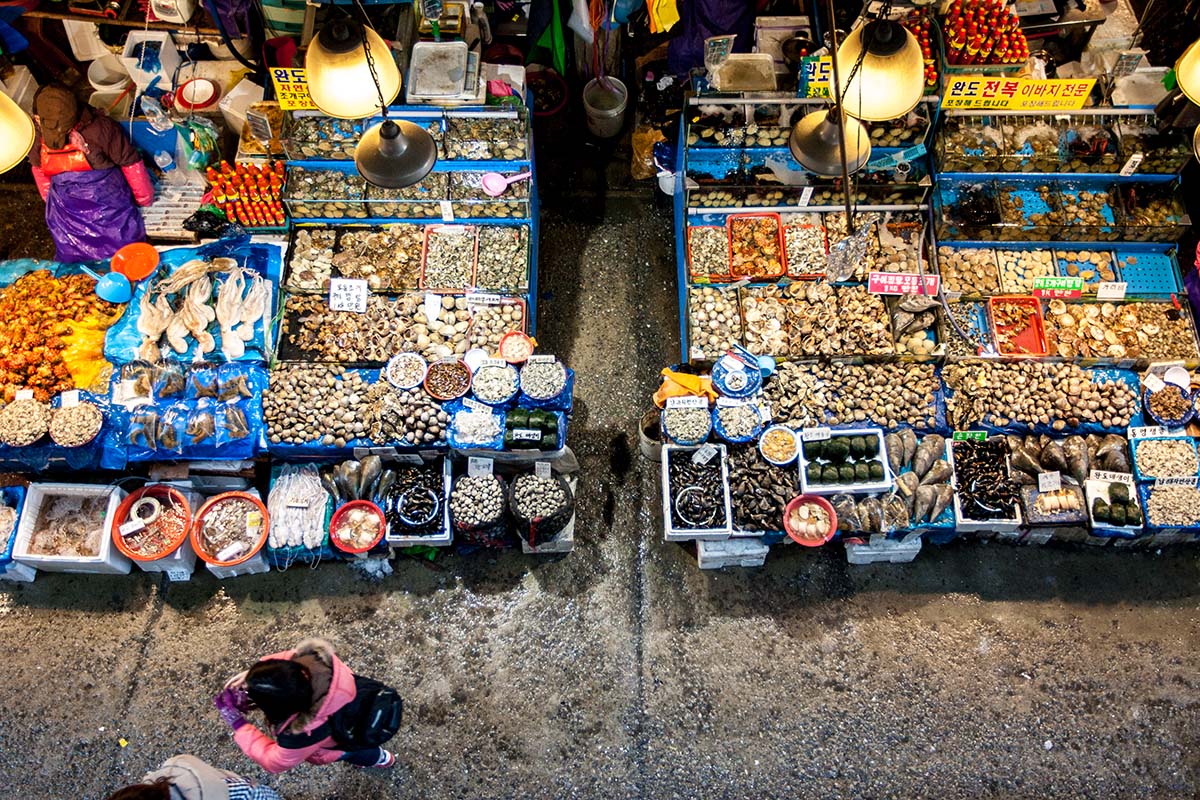
Noryangjin Fish Market
After lunch, we walked rather steeply uphill above the Jongmyo Shrine and into the picturesque Bukchon Hanok Village, which is a protected UNESCO World Heritage Site. Our guide expertly navigated us through the winding streets and away from other tourists, so that we could wander quietly through the small village, admiring the traditional architecture of the ancient houses with their typical curved roofs, dating back centuries. Perched on the hill, it overlooks modern downtown Seoul, providing a striking contrast between old and new in this city today. Our guide explained how many of these hanoks operate as cultural centres, guesthouses, restaurants and tea houses, providing an opportunity to experience, learn and immerse oneself in traditional Korean culture. The village is composed of lots of alleys and hanok houses and is well preserved to showcase a 600-year-old urban environment to visitors.
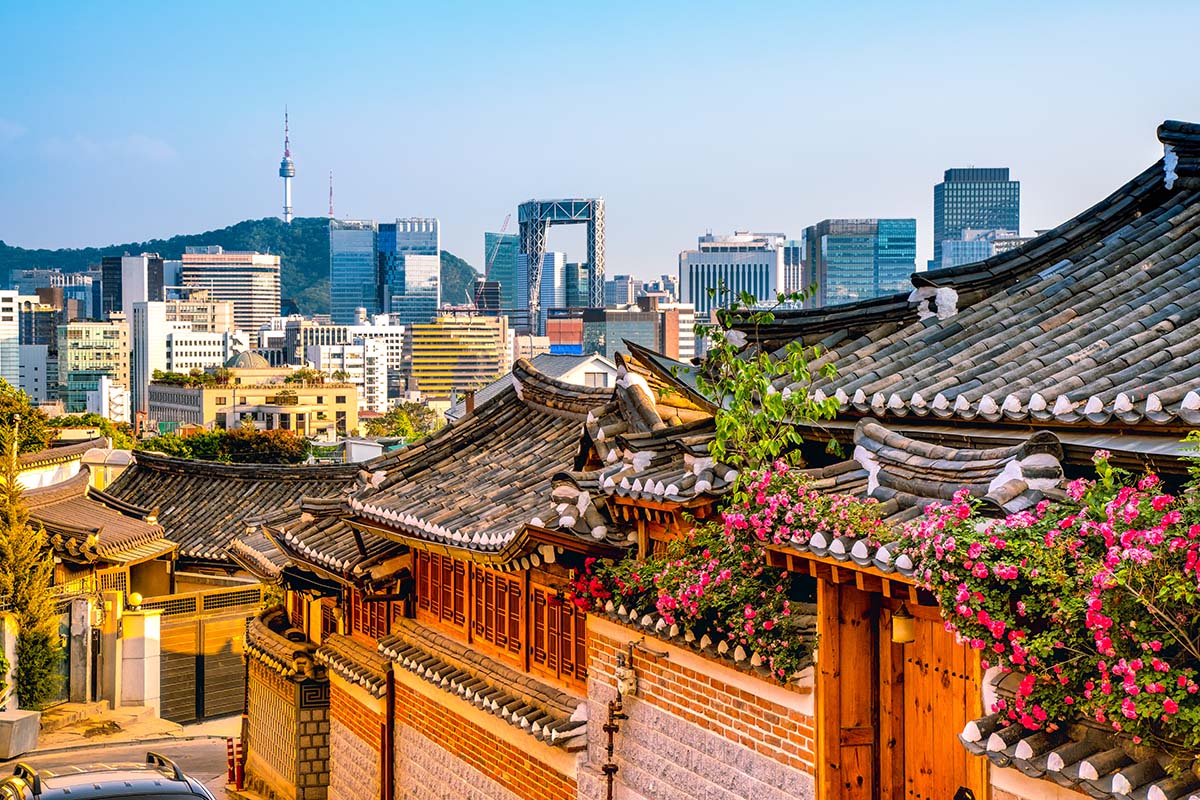
Perched on a hill, Bukchon Hanok Village overlooks modern downtown Seoul
This evening, we recommend a pre-dinner drink at Sipboon’il in the Euljiro district or Side Note Bar at the RYSE hotel for city views. For dinner, head to one of our favourite spots in Seoul: Tosokchon Samgyetang. This is a small traditional hanok house turned restaurant, with strings of dimly-lit red lanterns hanging outside along the curved roof. You can choose from many different cuts and types of meat, and barbecue the meat, Korean-style, in the middle of the table. The owner of Tosokchon Samgyetang came to chat to us and show us the best cooking techniques, and the atmosphere was really good fun.
Day 2
This morning, start your day with a walk through the lively neighbourhood of Myeong-dong, which is lined with boutiques and cafés, and is a great place to observe daily life in Seoul. Our guide suggested we pop into the Myeongdong Cathedral, which was interesting to see. I loved wandering through the labyrinth of streets and smaller alleyways here, with lots of weird and wonderful produce on sale, and the friendliest of locals all welcoming us into their small shops, keen to show off their artisanal goods and trades. From handmade paper and traditional pottery stores to shops selling denim modern Korean clothing brands, there is something for everyone here.
For lunch today, head to Itaewon to sample some of Seoul’s best street food. With a seemingly infinite number of vendors serving up tasty bites such as hotteok (stuffed pancake), tteokbokki (spicy rice cakes) and odeng (Korean fishcakes), the city is often lovingly referred to as an open-air restaurant in itself. Inexpensive, hearty and delicious, Korean street food is a must-try, and some of my favourite places were in the smaller neighbourhoods around Itaewon and Hongdae.
I particularly enjoyed sampling lots of local dishes at the century-old Gwangjang street market. This is one of the oldest markets in South Korea and our guide explained its historical and cultural significance for daily life in Seoul today. It is a lovely place to soak up the vibrant atmosphere, particularly at lunchtime, and the mayak gimbap (fish rice rolls) are rumoured to be the best in Korea. Our guide also showed us the best stalls to sample bindaetteok, which is a savoury pancake made from ground mung beans, and we topped it all off by trying some local makgeolli, a traditional Korean spirit made from rice.
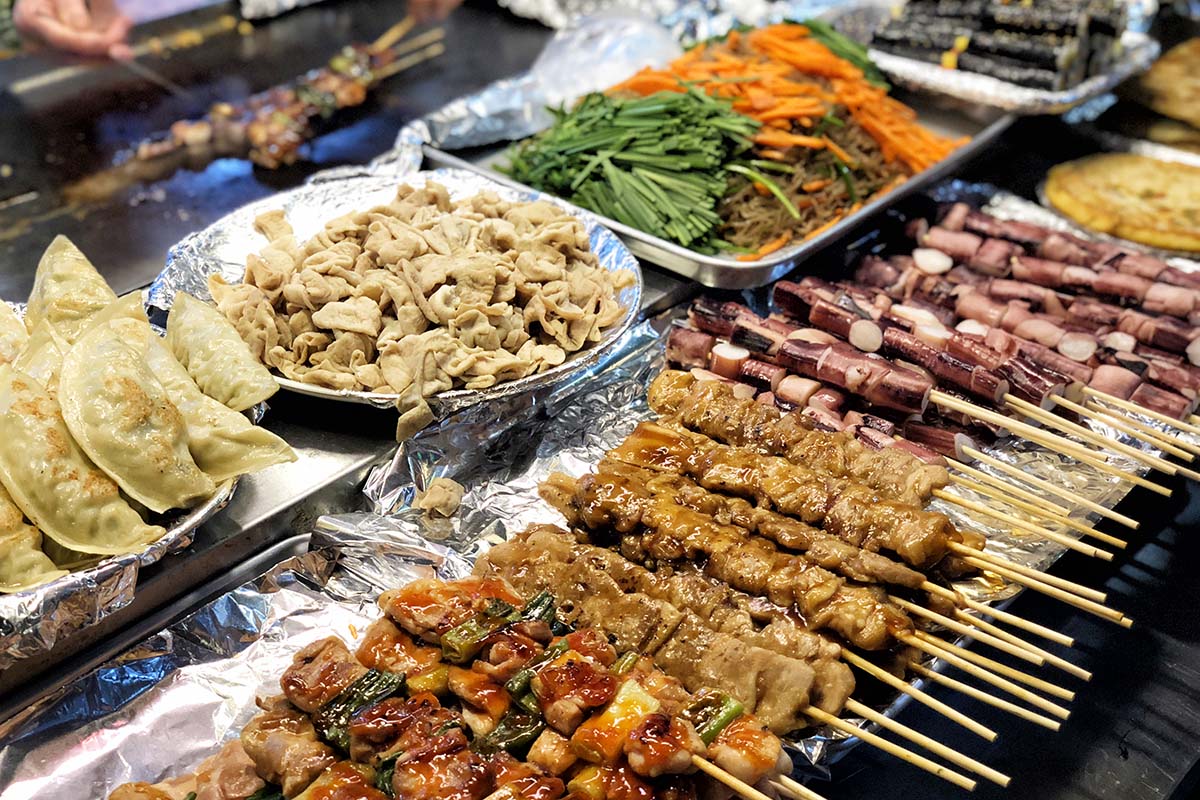
Seoul’s bustling street-food stalls are filled with all the best local cuisines
After lunch, we headed to Banpo Park in the Gangnam district and rented bicycles for the afternoon. We mapped out a route along the Han River, which runs through central Seoul, and this was a great way of exploring more of the city, along the waterfront. The further we cycled north, the surrounding mountains gradually came further into view, with a spectacular panoramic vista when looking back over our shoulders south towards the centre, with skyscrapers lining the horizon. For your final evening, we will reserve a table for you at Doma Hongdae so you can enjoy a delicious local barbecue.
Seoul is the most fantastic destination, offering everything from incredible food, fascinating ancient culture, modern art, fashion and technology, as well as the friendliest people who want you to love their city and country. It completely exceeded my expectations.
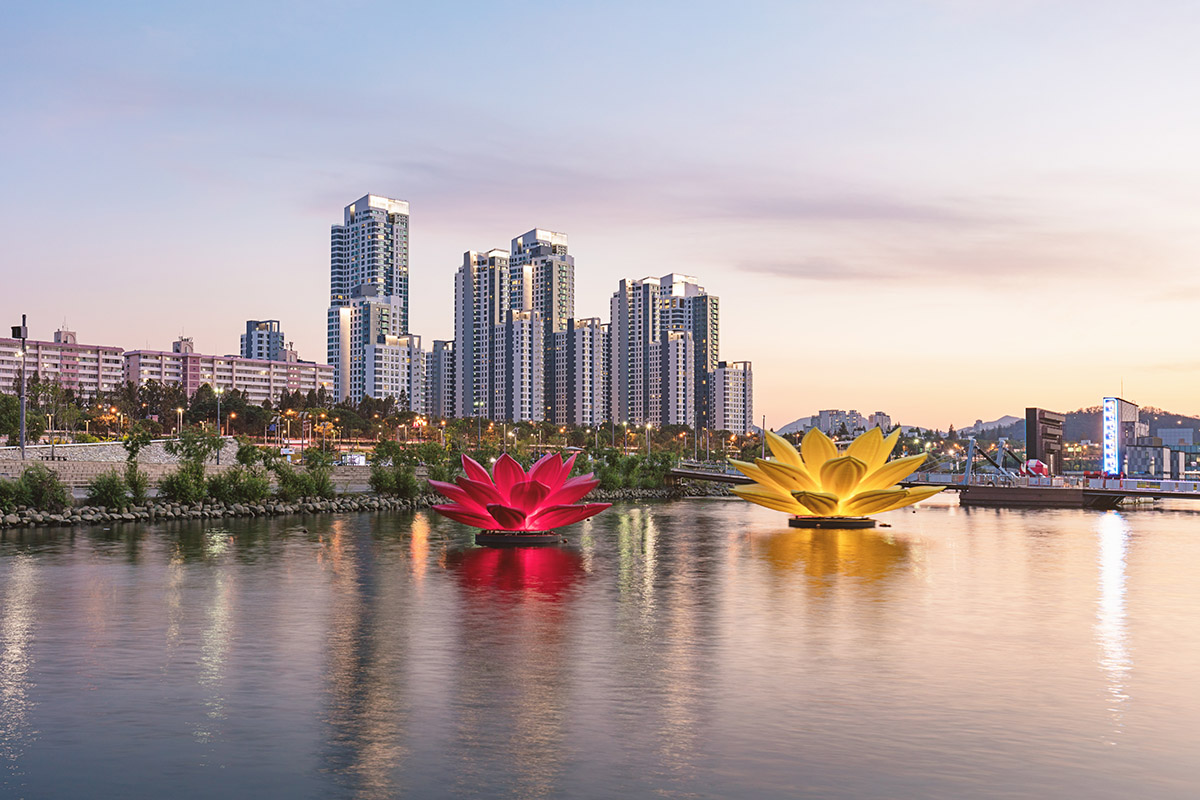
Han River runs through central Seoul
c+l tip
Our favourite hotel here is the Signiel Seoul, set in a dramatic building perched right on the Han River and with stunning views of the whole city.

